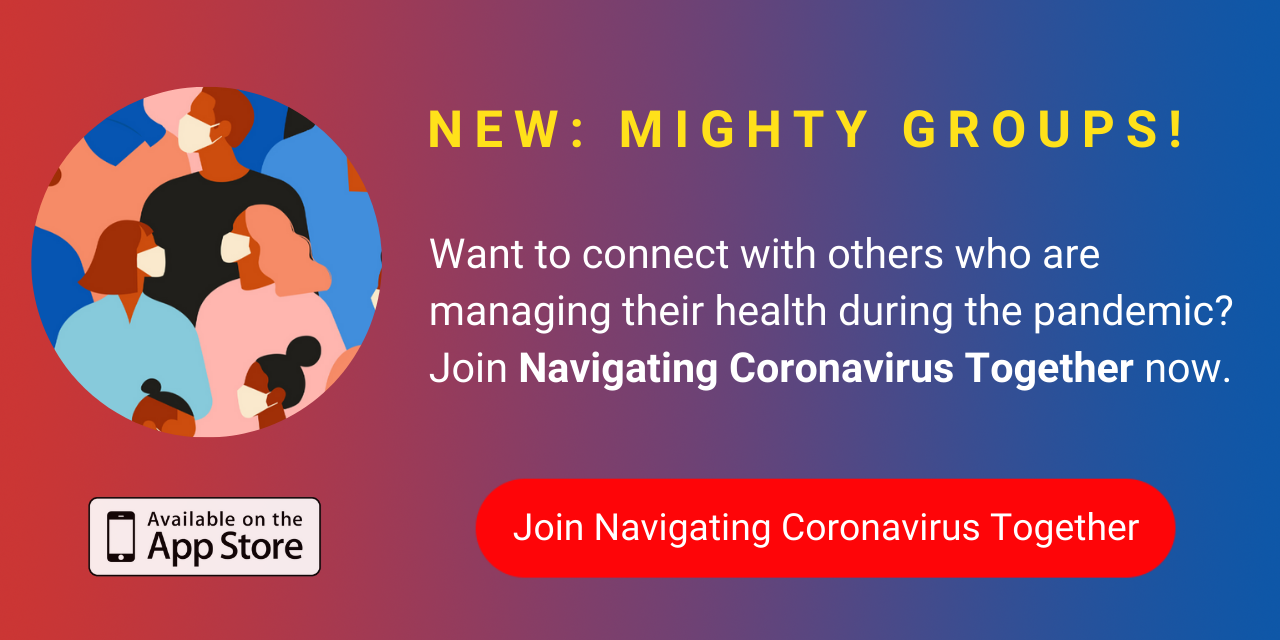I sat staring at my college course catalog in the heat of summer dealing with the one issue most disabled students are finding themselves facing. What to do about school? The main difference between me and most disabled students is I am in college. Kids in K-12 are failed by in-person learning as the risk of dying from COVID-19 is higher among those with intellectual disabilities and autism.
As an autistic person who is four times more likely to contract COVID according to the above-linked article, I also process sensory information differently. I am hypo-sensitive to sensory input, meaning it’s harder to feel and identify pain. Symptoms of COVID would be harder for me to identify than it would be for my neurotypical counterparts. So going back to school in person wasn’t an option.
Most autistic people are either hypo-sensitive (hard time feeling pain) or hyper-sensitive (feel pain intensely) which can make it hard to identify where the pain comes from or what the pain means. Despite this, many families are opting for disabled children to go back despite this for much needed social interaction. Some schools are allowing only kids in special education classrooms to go back as a lot of the classes are small with only five or six students.
Disabled people often face a different set of challenges with online learning. Physical therapy, speech therapy, and occupational therapy can be difficult or impossible to implement online. Online learning can make it hard for disabled people to access needed supports, including paraprofessionals and separate safe spaces. As for mixed learning environments, the change of routine can be stressful and confusing. When everything went digital, it got harder to get my accommodations (if I got them at all). I have been doing my social groups online, which I kind of like because I can have my pets in the group.
So What Do We Do?
I believe the best ways to monitor and protect disabled individuals’ rights to FAPE are as follows:
Consult the individual directly if possible. If not, at least have them be a part of the conversation. Remember disabled people have a right to ask a trusted person to assist and advise. This way a point person from the school and the individual can come up with a safe accessibility plan for the upcoming year. For example, if schools are in-person and there are health concerns for the student, can they have access to less populated rooms? Can they have the option to do class online? Do students need teachers to have masks that allow for lip reading? Does online learning have closed captioning and/or image descriptions?
If schooling is online, set up a schedule. Schedules are a great way to feel more in a routine and can create the safety of expectations. Also, printed schedules are fun to decorate and personalize.
Create a personal learning space. If schools are in person, a personal learning space can be made by taping schedules, comforting pictures, and maybe class study materials such as times-tables to a desk. Students can personalize desktop backgrounds and iPad backgrounds to choose something comforting. If you are at home and want to personalize your space, you can set up a study area. Get comfortable with some pillows and blankets you like if that’s an option, or simply use a favorite chair or desk.
Remember to set aside time for yourself, whether you are disabled or not! We are all going through some scary things right now. Allow for breaks in the work you do, even if it is a silent breather break. We all need time to properly process. It’s OK.
Now more than ever, we as a society need to listen to our students. We need to not just believe them about physical health concerns, but mental health concerns as well. This means avoiding spiritual bypassing and toxic positivity, such as “Focus on the positive” or “It’s not that bad.” Instead, say something like “I see you are feeling XYZ, that’s OK! I feel XYZ when ____. Here are some strategies I use to combat that feeling. Do you have any you use? Maybe you can help me.” That last part validates the experience of disabled people and lets them know they are not the only ones who are struggling. It helps us not feel so alone or different. We should normalize asking both ways so that disabled individuals don’t feel like they have to conform to the neurotypical and able-bodied culture. Also, you might learn something!
Validate and learn trauma-based care and supports. We are all going through a collective trauma with COVID. We should learn about trauma across the board because so many people deal with it. Whether it’s from ableism, racism, homophobia, bullying or something else, so many kids and students deal with trauma. We need to take it seriously as friends and educators, validate concerns and protect students from trauma in our spaces — as well as take students’ concerns about traumatic bullying and their feelings seriously. We need to normalize letting kids feel. It is OK to be sad and angry. It’s OK to talk about feelings. Let’s work through this together. When you are in a better place, we can rejoin class!
Lastly and most importantly, I believe we need to be open to adaptation. Our school system had been using the same model for a long time. We’ve needed to change things for a bit, and now is the time to learn new ways to make our classes more comfortable, inclusive, modern, and maybe even think about ways to include multiple perspectives into our telling of history. We have to be open to adapting and changing for the better, as well as trusting we can build better together.
Getty image by David Carpio.


